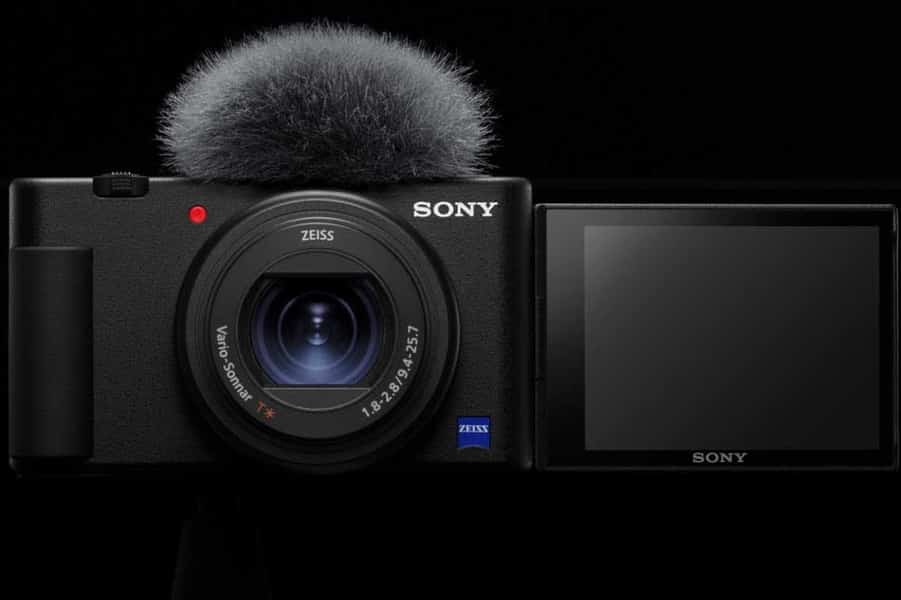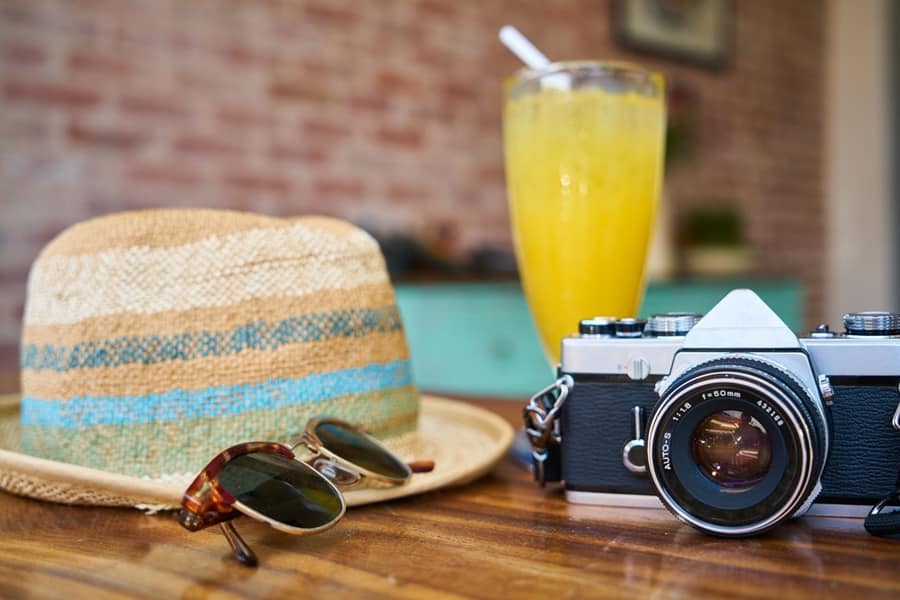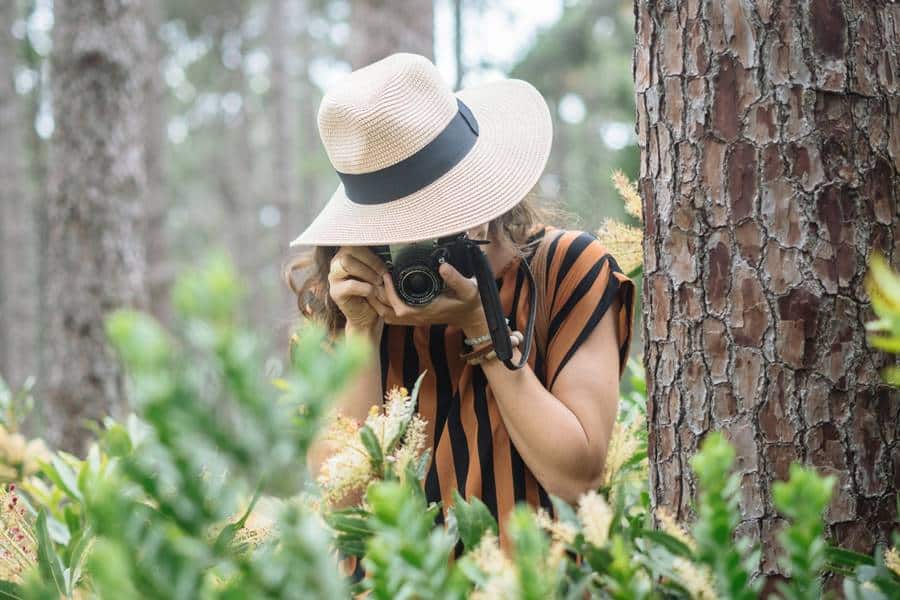A camera is a tool for taking photographs. Its constituents are a sensitive surface (silver or digital), a darkroom, a shutter and a photographic lens, whose rudimentary ancestor is the pinhole, tiny aperture through which the light enters.
The sensitive surface is exposed by opening the aperture for a certain time (the installation time), thanks to the shutter. Modern devices are equipped with a varifocal lens (zoom) and a digital sensor.
History of Camera
In 1840, Alexander S. Wolcott created his own camera, which was very advanced for the time.
In 1850, Fox Talbot decided to upgrade Alexander’s prototype by using a reduced darkroom so that light could concentrate at one point.
It is Louis Daguerre who commercializes the first camera that bears the name of daguerreotype: he became interested in the methods of development and fixation of images, discovering that the mercury vapor acts as a revelator of the image. He worked in connection with Nicephore Niepce, currently considered the inventor of photography.
Silver Photography
From the invention of photography in 1822 to the commercialization of industrial photographic plates around 1895, photography was practiced only by highly specialized professional photographers with good knowledge of chemistry.
Plate Apparatus
Glass plate devices have been available to amateurs since 1895. They remained fashionable until around 1930. They are rigid or bellows, to choose from.
Film-Coated Apparatus
The support is now a film, a kind of cellulose film, lined with black paper, all wrapped around a coil. Much lighter than the previous ones, these devices, most often bellows, therefore folding, were the most common from 1915 to 1950.
Some of them, such as the Rolleiflex or Hasselblad, were the top of the range of the devices of the time.
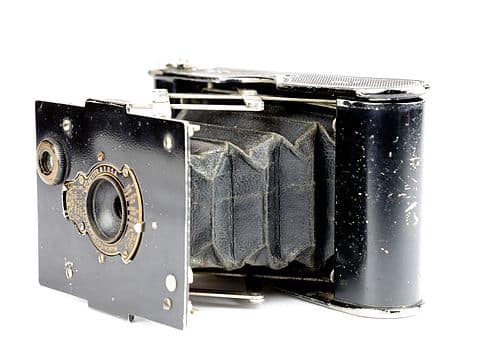
Vest Pocket: A small Kodak Bellows and wrap device (circa 1915).
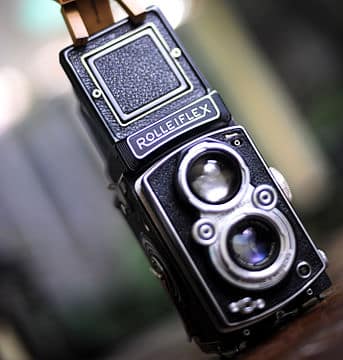
Rolleiflex, medium German film format of the 1950s, with two lenses (the top one for aiming, the bottom one for shooting).
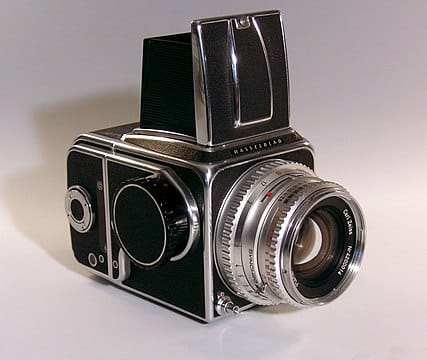
Hasselblad 500C, Swedish made: high-end medium film formats and interchangeable lenses of the 1960s.
35 mm Film Apparatus
In the 1930s, the 35 mm perforated Cinema film was diverted to make high-quality photos, despite the small size of the images: it was the 24 x 36 mm, which found its flowering with the color photo on paper and the slide.
At first, the leading brands were the German Leica and Zeiss, and then, after 1960, the Japanese SLR cameras with interchangeable lenses, such as Nikon, Canon or Olympus.
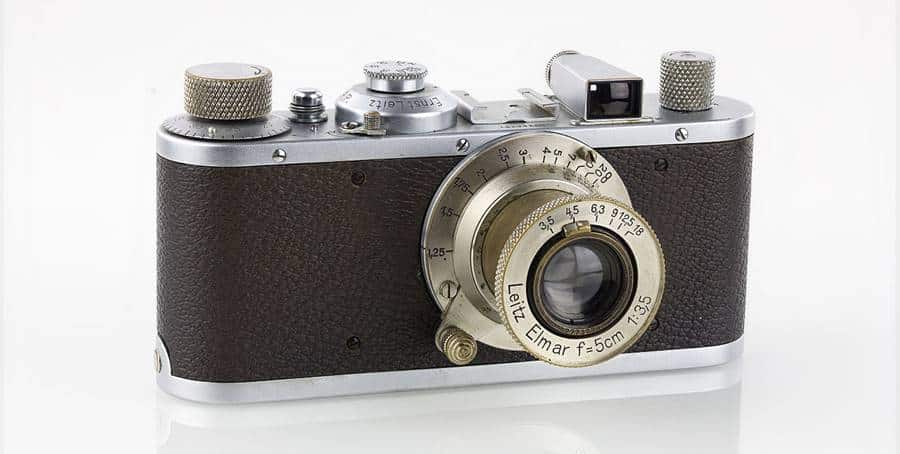
Leica III, high-end 24 x 36 from 1935.
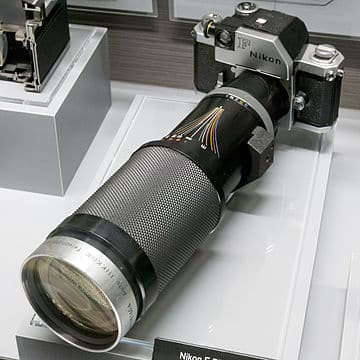
Nikon F with telephoto lens, high-end 24 x 36 SLR cameras, circa 1970.
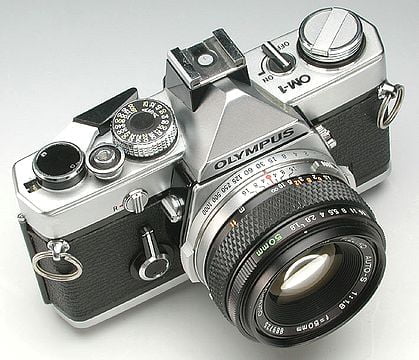
Olympus OM-1, like the previous one, but much more compact, around 1980.
Digital Camera
Digital photography has almost completely supplanted silver photography since the early 2000s. The most common way to take photographs is now the mobile phone, smartphone or tablet.
There are digital cameras of all kinds, for example for demanding amateurs and the needs of professionals.
One of their big advantages is the low cost and accessibility of digital file transfer, while having the possibility of paper printing.
DSLR Camera
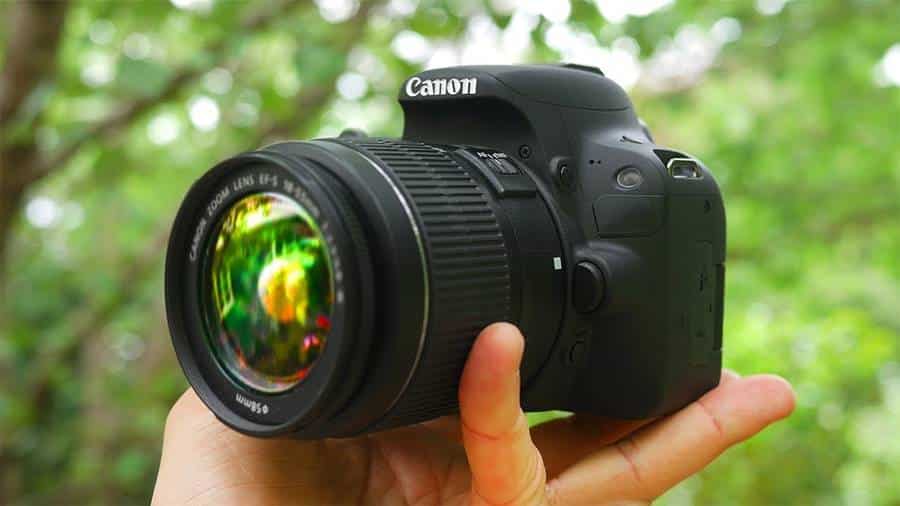
SLR cameras
These are the most elaborate. Their lenses are interchangeable, and their shape is quite similar to what was known for SLR cameras. The reflex Sight is made on a frosted glass, through the lens, through a mirror. SLR cameras meet all professional applications.
Compact Cameras
They are much less bulky than the previous ones, to the point that they can easily slip into the pocket. There are all kinds and at all prices. The most elaborate of them are called “expert compacts”.
Bridges Cameras
There are also “bridge” cameras, with non-interchangeable lens, but with electronic sight, intermediate between compacts and DSLR.
Hybrid Camera
The “hybrid” camera also has the electronic sighting, but the lens is interchangeable: So, it is even closer to the DSLR. These devices, in full expansion, appeared in 2008.
